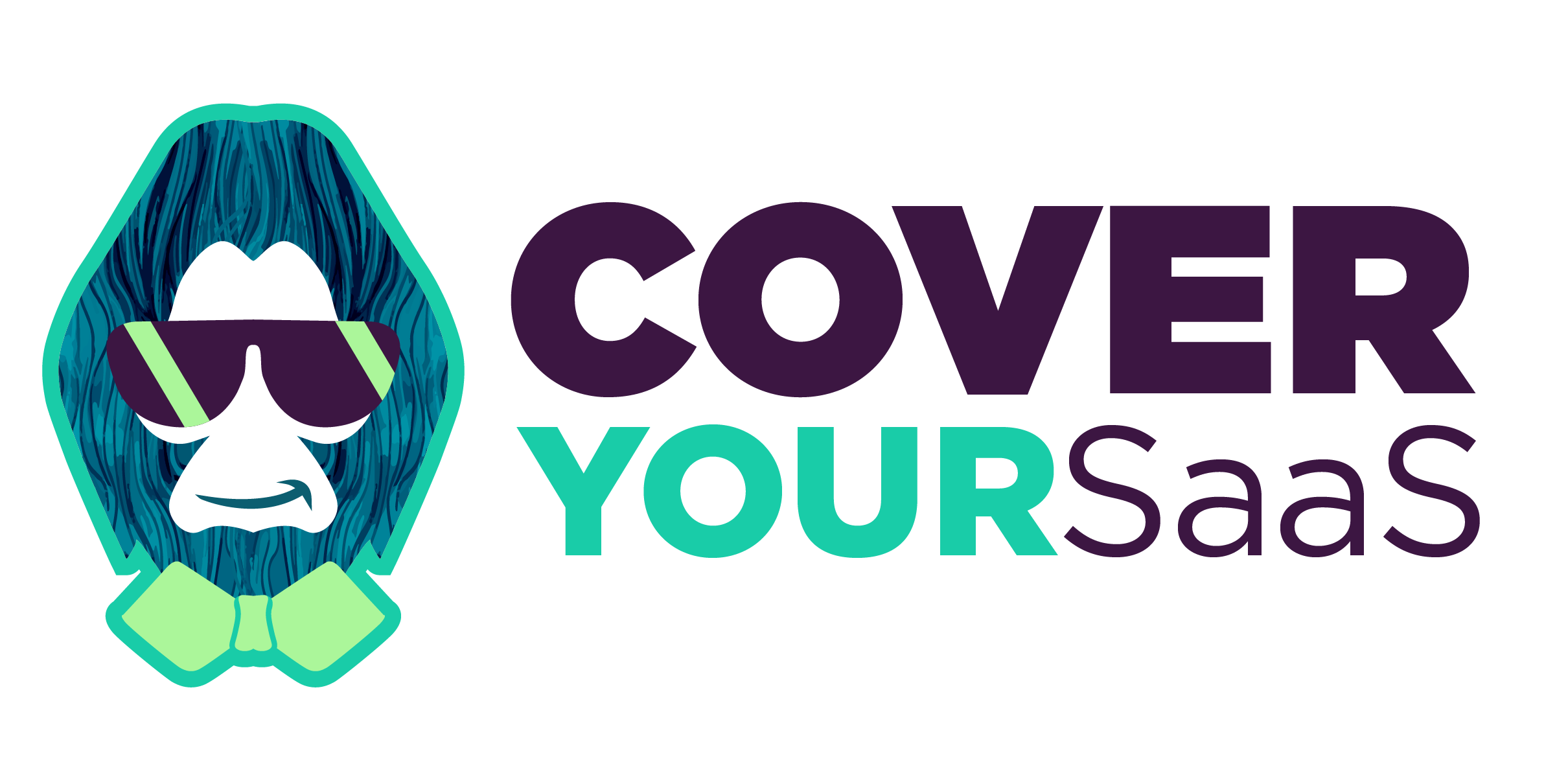A tail policy is one of the most important risk management tools for a SaaS company approaching an exit.
Every founder’s mission is pretty much the same: gain some early traction, scale rapidly, and seize an exit opportunity. Unicorns are rare. Most will not IPO. The majority of SaaS companies are acquired.
Even though your company is absorbed into the corporate shield of the parent company, pre-acquisition problems can still come back to bite you. That’s where tail insurance coverage comes in. Even though the acquisition will feel like the end of the road, it’s quite far from it.
There’s A Problem
Getting acquired doesn’t eliminate the company’s previous mistakes. In California and New York, the statute of limitations on alleged wrongdoings can run up to six years, and it frequently does… The average length of time between a company’s inception and its acquisition is five years, and we’ve had plenty of venture-backed SaaS companies that have taken longer. An acquisition that occurs well before the statute of limitations expires is an early decision that can backfire after an exit.
Most D&O, Cyber, and Tech E&O policies (arguably the most important insurance policies for SaaS companies) are issued on a “claims made” basis. This means that coverage is provided when a claim is both reported and made within the policy period. When a company is sold and the policy is no longer in force, it is not possible to meet these requirements.
Tail Insurance
After you sell your company, tail insurance allows you to report alleged wrongdoings post-acquisition for which you are insured. It is commonly known as an “extended reporting period” because that is exactly what it does: extends the period for reporting a claim that took place during the actual policy period to meet claims-made policy form requirements.
SaaS companies generally experience a roller-coaster ride, with a growing workforce, fast-changing customer acquisition methods, and noisy cap tables. Some claims might show up later, including:
- Directors & Officers Insurance Claims may be filed by shareholders to recover losses caused by director mismanagement or failure to disclose material information about prior funding rounds. (D&O)
- The company is facing regulatory action for reporting errors related to the acquisition. (D&O)
- You are sued for failing to honor your customer agreements. (Tech E&O)
Directors and officers would be personally liable if these claims weren’t covered post-exit, and a 3-6 year tail insurance policy usually costs 150-200% of the policy’s annual premium to put in place. It’s well worth the expense compared to a large out-of-pocket expense to deal with a lawsuit personally.
Bankruptcy
It is time to be a bit of a downer…
While the first half of this post discussed the benefits of starting a SaaS company, tail insurance is just as relevant to the other outcome. Bankruptcies and liquidations don’t eliminate the possibility of late claims, either! It’s worth talking to your insurance broker if liquidation seems imminent as well.
